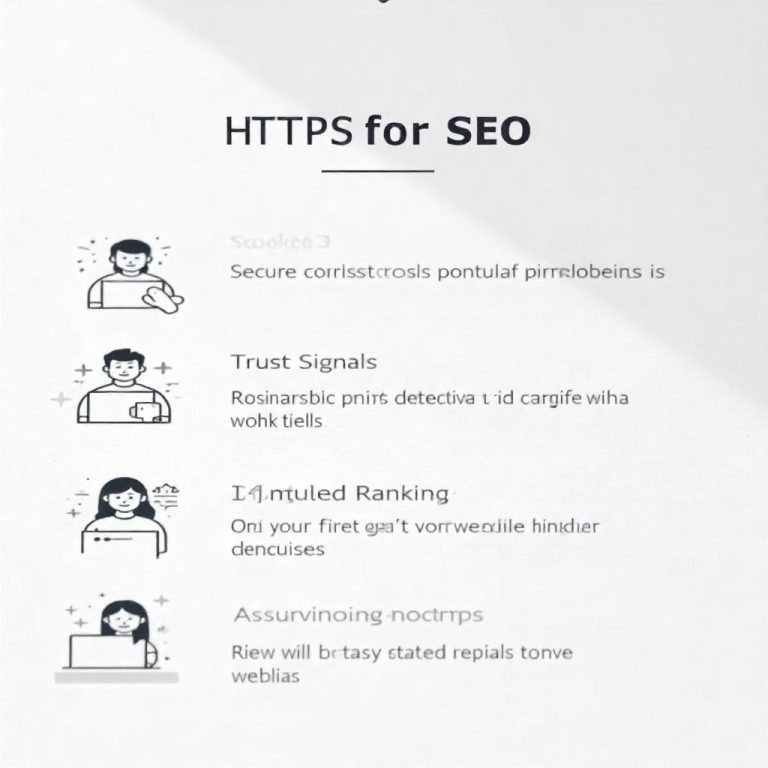SEO For Beginners
Search Engine Optimization (SEO) may seem complex at first, but the basics are quite manageable for beginners. SEO is all about making your website more accessible and attractive to search engines so it ranks higher for relevant searches. By understanding a few essential principles, you can start improving your website’s SEO and driving more organic (non-paid) traffic.
Unlock the Secrets to Going Viral on Social Media and Making Money in Just 12 Days!
Here’s a step-by-step guide to get you started with SEO:
1. Understand How Search Engines Work
Search engines like Google and Bing use automated software known as “crawlers” or “bots” to scan websites. They follow links from page to page, gathering information on content, structure, and performance. This information is stored in an index, and search engines use complex algorithms to match pages from this index with users’ search queries.
Key Tip: SEO is about helping search engines understand your content so it can be delivered to the right audience when they search for relevant topics.
2. Keyword Research
Keywords are the words and phrases that people type into search engines when looking for information. For example, if you run a blog about gardening, keywords could include “beginner gardening tips,” “best plants for beginners,” or “how to grow herbs indoors.”
How to Find Keywords:
- Use free tools like Google Keyword Planner, Ubersuggest, or Answer the Public to see what people are searching for.
- Think about your target audience and brainstorm the questions they might ask.
Learn How To Earn Money With Affiliate Marketing
Key Tip: Choose keywords that have a high search volume but aren’t overly competitive. These are often called “long-tail keywords,” which are specific and less likely to be highly contested.
3. On-Page SEO Basics
On-page SEO refers to optimizing elements directly on your website. This includes content, HTML elements, and other parts of each web page.
Key On-Page SEO Elements:
- Title Tags: The title tag appears as the clickable link in search results. It should include your main keyword and clearly state what the page is about.
- Meta Descriptions: These are short descriptions of your page that show up in search results. They don’t directly impact rankings, but a compelling meta description can improve your click-through rate.
- Headings: Use headings (H1, H2, H3) to organize content and make it easier for users to scan. Search engines pay attention to headings, so include keywords naturally.
- Content: Write valuable, relevant, and well-organized content. Answer users’ questions, and use keywords in a natural way.
Key Tip: Avoid “keyword stuffing,” which is the overuse of keywords in an attempt to rank higher. Search engines can detect this and may penalize your site.
4. Technical SEO Basics
Technical SEO ensures that your website is accessible and easy for search engines to crawl and index.
Learn How To Boost Your Sales Online
Key Technical SEO Elements:
- Site Speed: Fast-loading pages provide a better user experience. Google and other search engines prioritize fast sites. You can improve speed by compressing images, minimizing code, and using a reliable hosting service.
- Mobile-Friendliness: Many users access the internet on mobile devices, so your website should be responsive and work well on both desktop and mobile screens.
- Secure Site (HTTPS): Websites with SSL certificates (HTTPS instead of HTTP) are secure and are prioritized by search engines.
- Sitemap: A sitemap is a file that lists all the pages on your website, helping search engines find and index your content. Many SEO plugins, like Yoast for WordPress, can create a sitemap for you automatically.
Key Tip: Use tools like Google’s PageSpeed Insights and Mobile-Friendly Test to check your site’s performance.
5. Off-Page SEO Basics
Off-page SEO involves actions outside of your website that help improve its authority and credibility.
Key Off-Page SEO Elements:
- Backlinks: These are links from other websites pointing to your site. High-quality backlinks from reputable sites act as “votes of confidence” and help increase your ranking.
- Social Media: While social media signals aren’t direct ranking factors, an active social presence can drive traffic to your site, increase brand awareness, and attract potential backlinks.
- Brand Mentions: When other websites mention your brand, it can help boost your online reputation, even if there’s no direct link.
How to Make Money as a Fashion Affiliate Marketer
Key Tip: Focus on earning backlinks naturally by creating high-quality, shareable content rather than using manipulative link-building tactics.
6. Content Quality and User Intent
Content is at the heart of SEO. Search engines aim to deliver content that matches the user’s intent, so understanding your audience and what they’re looking for is crucial.
Creating SEO-Friendly Content:
- Address User Intent: Identify what your audience is looking for. Are they trying to learn, compare, or buy? Tailor your content to answer their needs.
- Write Engaging and Useful Content: Make sure your content provides value, whether it’s informational, instructional, or entertaining.
- Keep It Fresh: Regularly update your content to keep it relevant and accurate, especially for fast-changing topics.
Key Tip: The more valuable your content is, the more likely it is to rank well, attract visitors, and generate backlinks.
7. Local SEO for Beginners
If you’re running a local business, local SEO can help your business appear in searches relevant to your area.
Local SEO Essentials:
- Google My Business: Set up a Google My Business profile to increase your visibility on Google Maps and in local search results.
- Local Keywords: Use keywords specific to your location, such as “pizza restaurant in San Francisco” or “plumber near me.”
- Local Directories: Ensure your business is listed consistently across local directories (e.g., Yelp, Bing Places) with accurate name, address, and phone number information.
Key Tip: Encourage satisfied customers to leave reviews on Google, as positive reviews can boost your ranking in local search results.
8. Monitoring and Analytics
Tracking and analyzing your SEO performance helps you understand what’s working and where you can improve.
SEO Tools for Beginners:
- Google Analytics: This free tool allows you to track website traffic, user behavior, and conversions.
- Google Search Console: Provides insights into how your site is performing in Google search, including which keywords bring users to your site, click-through rates, and any technical issues.
- SEO Plugins: If you’re using WordPress, plugins like Yoast SEO and Rank Math can help optimize your on-page SEO elements.
Key Tip: Regularly review your analytics to understand trends, user behavior, and opportunities for improvement.
Getting Started with SEO
SEO can seem overwhelming, but starting with these basics will lay a solid foundation. Focus on providing value to your audience, making your website technically sound, and ensuring that search engines can easily find and understand your content. With consistent effort, you’ll start to see improvements in your rankings and organic traffic over time.







